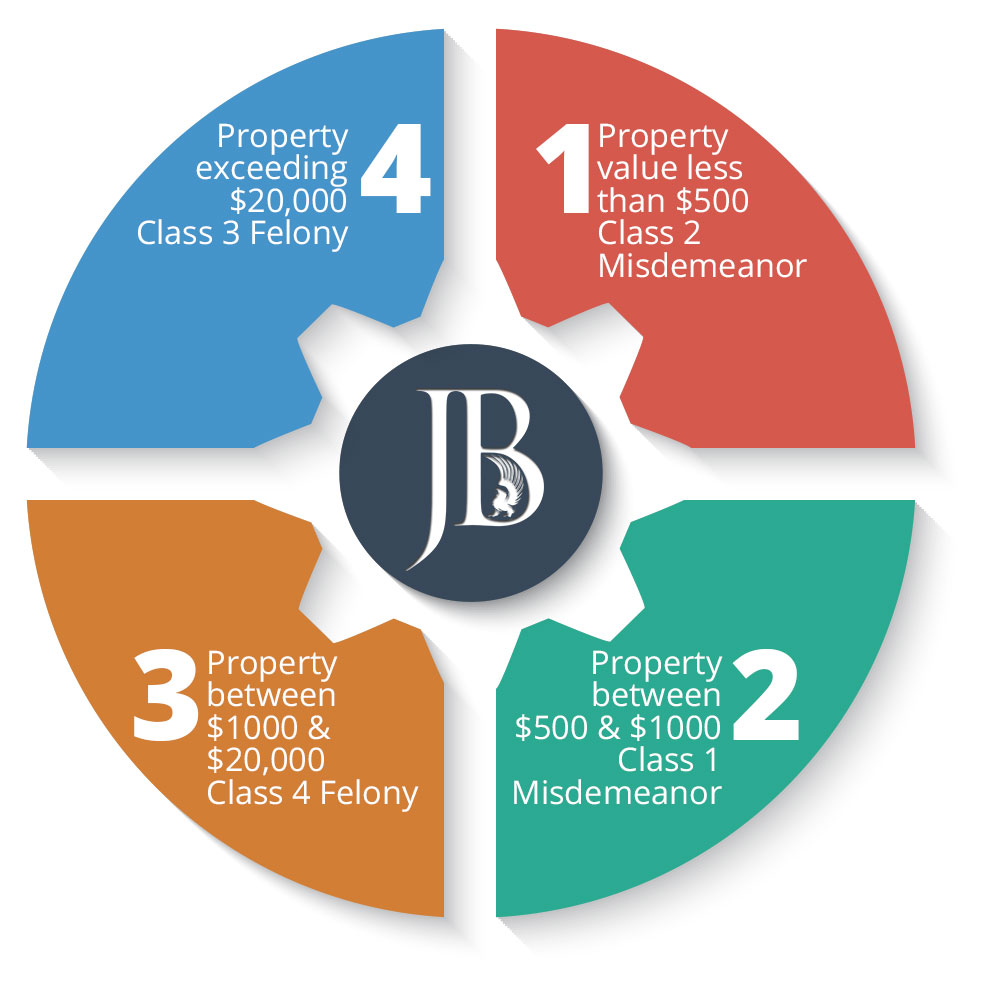A Review Of The Criminal Trial Refine: A Detailed Step-By-Step Guide
A Review Of The Criminal Trial Refine: A Detailed Step-By-Step Guide
Blog Article
Material Writer-McLean Schmitt
When you step into a criminal trial, you could be amazed by the structured procedure that unfolds. It all starts with court option, where prospective jurors are scrutinized for prejudices via an approach called "voir dire." Afterwards, both sides present their opening statements, setting the stage for the evidence and statements to follow. You'll see exactly how the prosecution and defense construct their instances, however what takes place next can substantially affect the outcome. Comprehending these stages can disclose the intricacies of justice, but there's even more to discover regarding the defining moments that comply with.
Jury Choice Process
When it concerns the jury selection process, you're diving right into a vital stage of a criminal trial. This process, typically called "voir dire," includes wondering about prospective jurors to guarantee they're honest and capable of providing a fair decision.
You'll see both the prosecution and defense lawyer getting involved proactively, each aiming to pick jurors that align with their situation's narrative.
During voir dire, you'll see that lawyers ask questions regarding jurors' histories, beliefs, and experiences. Their goal is to determine any type of pre-existing predispositions that could affect a juror's choice. As a juror, you may feel a mix of nervousness and interest, but your honesty is vital.
After examining, lawyers can challenge particular jurors for reason if they think a juror can not remain objective. They can likewise utilize a minimal number of peremptory obstacles to disregard jurors without mentioning a factor.
Trial Phases Explained
The phases of a criminal trial play an important duty in ensuring a reasonable and structured process.
You'll initially encounter the opening statements, where both the prosecution and protection outline their instances. This sets the stage of what's ahead.
Next, the prosecution provides its proof and witnesses, aiming to confirm the defendant's sense of guilt past a sensible uncertainty. You'll see direct exam adhered to by cross-examination, allowing both sides to test the here and now information.
After the prosecution relaxes its situation, it's the protection's turn. They'll present their proof and witnesses, often focusing on developing reasonable doubt. You'll observe that the protection does not need to show innocence; they simply need to challenge the prosecution's situation.
Once both sides have actually presented their disagreements, you'll listen to shutting statements, where each celebration summarizes their situation. This is important as it enhances their settings before the court mulls over.
Throughout Suggested Online site , the court ensures that the trial sticks to lawful criteria and that the rights of both events are safeguarded.
Recognizing these phases will certainly help you value the intricacies involved in a criminal test and the importance of each step in the search of justice.
Verdict and Sentencing
Besides evidence has existed and debates made, the court or judge provides a verdict, determining the defendant's guilt or innocence. If you become part of the jury, you'll ponder with your fellow jurors, reviewing the evidence and your impacts. This process can require time, as you'll wish to make sure every person agrees on the decision based upon the truths.
Once a verdict is reached, it's introduced in court. If the accused is found guilty, the following stage is sentencing. This is when the court chooses the suitable penalty. You may discover that different variables influence the sentence, such as the intensity of the criminal offense, the offender's previous record, and any kind of mitigating situations.
The judge might enforce a range of sentences, from fines and social work to jail time. Often, the protection or prosecution can provide arguments pertaining to sentencing, attempting to sway the court's decision.
If the offender is found not guilty, they're acquitted, and no penalty adheres to. Remember that a guilty decision can frequently lead to appeals, where the accused may test the decision or the sentence imposed.
Verdict
In a criminal trial, you've seen exactly how important each step is, from court choice to the last decision. You've adhered to the prosecution and protection as they develop their instances, intending to persuade the jury. As soon as deliberation wraps up, the verdict figures out the end result, and if the defendant is found guilty, the sentencing phase begins. Understanding these procedures helps you appreciate the complexities of the justice system and the importance of each function in guaranteeing a fair test.
